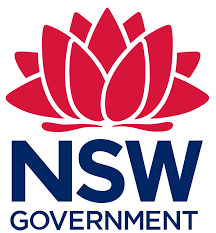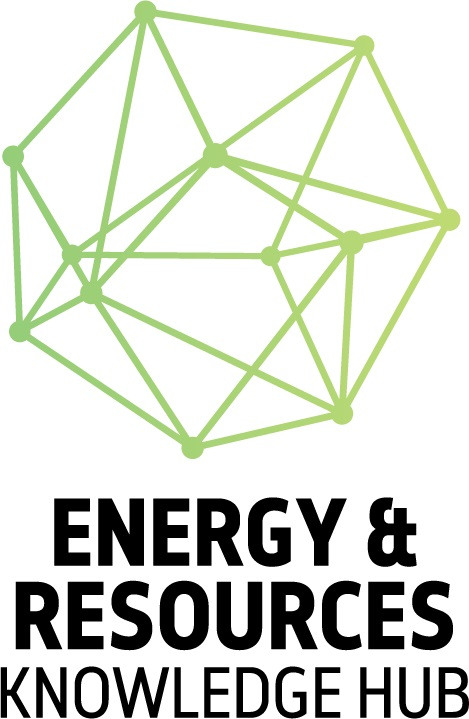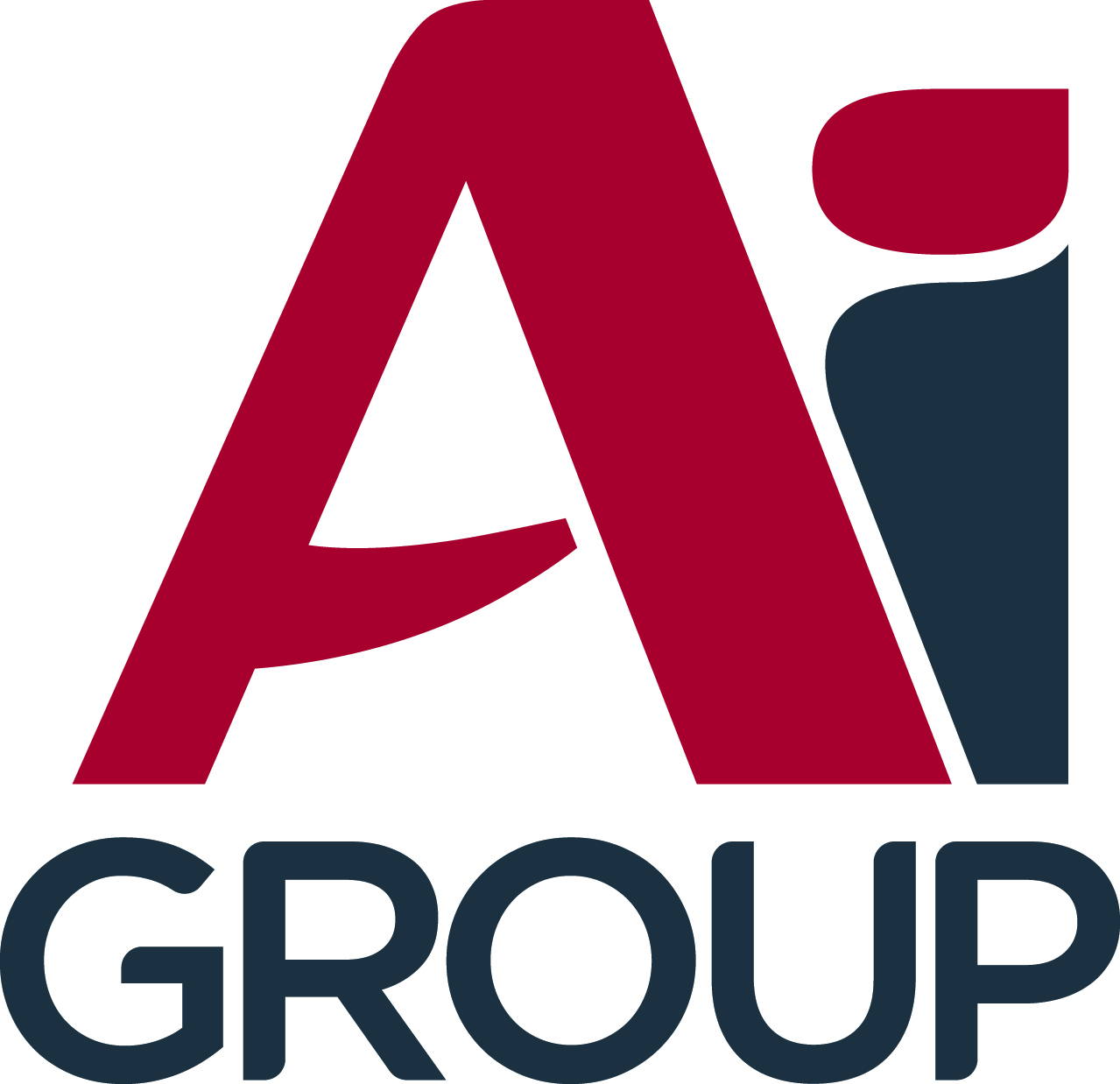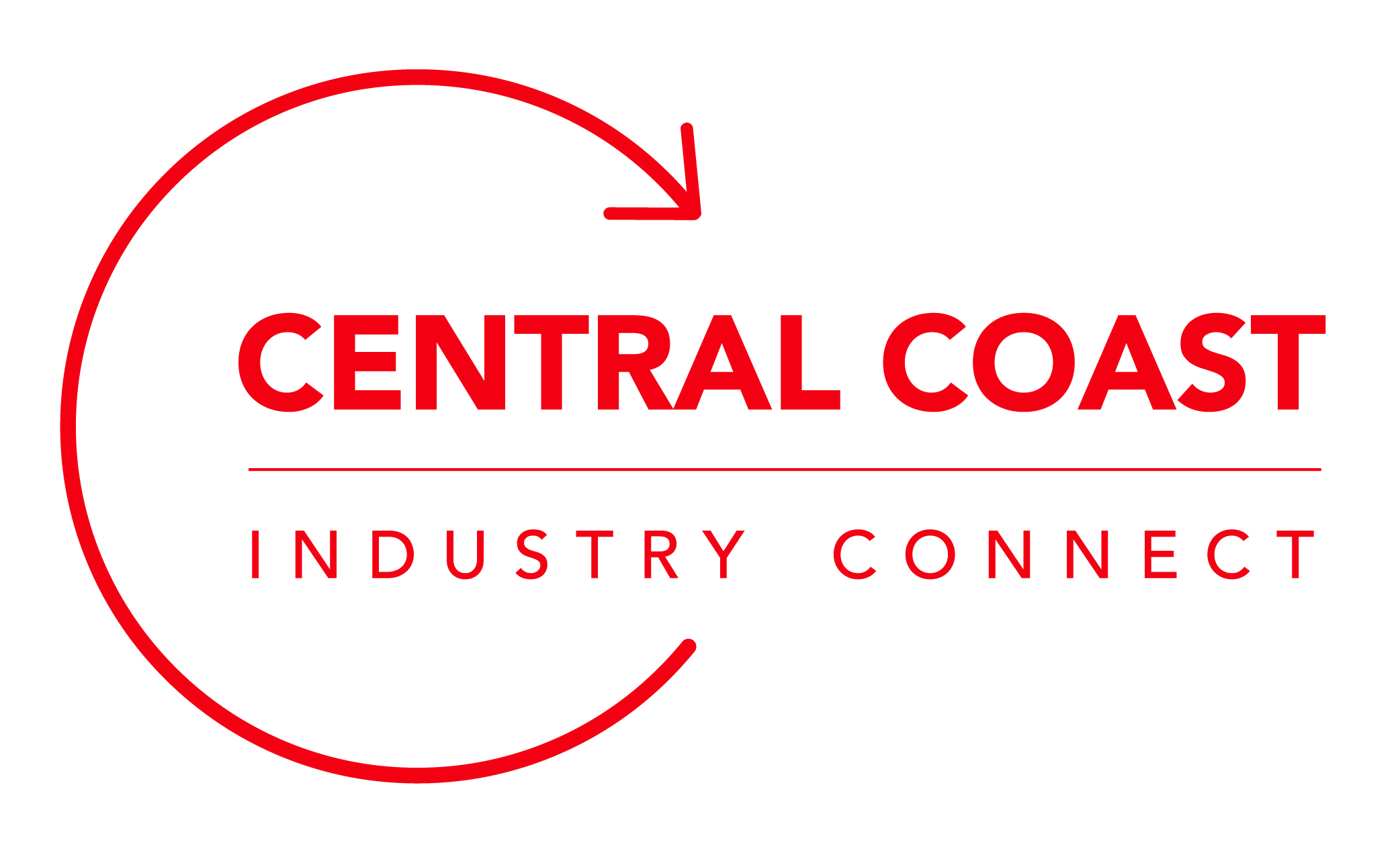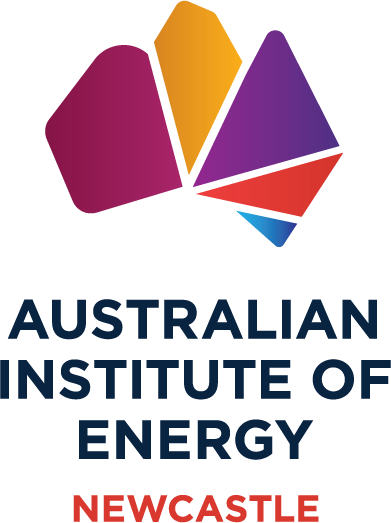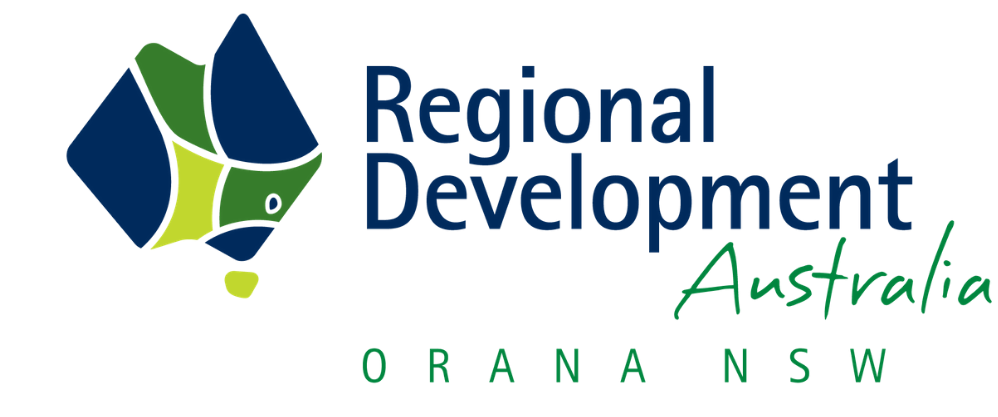New report urges Australia to prioritize hydrogen-powered transport for future mobility
The CSIRO report found that failing to to embrace hydrogen-powered transportation alongside electric vehicles could lead Australia to lag behind its global counterparts in the race towards sustainable transportation solutions.

While battery electric vehicles are poised to steer the decarbonization efforts of Australia's road transport sector, the report from CSIRO in collaboration with GHD Advisory, highlights that hydrogen-powered vehicles could also contribute significantly, particularly in the realm of long-haul travel and freight logistics.
Hydrogen-powered vehicles boast faster refueling, extended ranges between fuel stops, and the potential to optimize cargo capacities, unburdened by the hefty batteries requisite in electric vehicles.
Titled 'Hydrogen Vehicle Refueling Infrastructure', the report outlines the opportunities and challenges entailed in establishing refueling stations tailored for hydrogen-powered road vehicles across Australia.
CSIRO's Chief Scientist, Professor Bronwyn Fox notes that the transport sector presently accounts for a substantial 18.6 percent of Australia's greenhouse gas emissions.
“While we know hydrogen will play a critical role, we also know that much of the key infrastructure for storing, moving and distributing hydrogen for use as a transport fuel – including pipelines, storage tanks and refuelling stations - is yet to be built,” Prof Fox said.
“That’s why this report is so important. It identifies priorities for action, including areas that would benefit from targeted research and innovation.”
A comprehensive comparison of diverse hydrogen storage and dispensing alternatives, along with an evaluation of refueling infrastructure options predicated on fuel demand and proximity to hydrogen sources, is featured in the report. It finds that while Australian hydrogen refueling stations currently incorporate on-site hydrogen production, transitioning towards centralized off-site hydrogen production and distribution will be essential to achieve large-scale vehicle refueling.
Shawn Wolfe, Executive Advisor at GHD Advisory and the report's lead author, highlighted the discrepancy between the rapid global strides in transitioning to hydrogen-powered transport and the comparatively sluggish pace within Australia.
"It's imperative that Australia aligns itself accordingly to avoid being left in the dust."
Dr. Patrick Hartley, Head of CSIRO's Hydrogen Industry Mission, echoed the importance of this report in planning ahead.
“Australia is unique in terms of our size and sparse distribution of population, so finding ways to make hydrogen available across the continent will be a key enabler,” Dr Hartley said.
“This report will help regulators and industry stakeholders understand where they can best focus their activities and progress their plans to develop infrastructure for hydrogen-powered transport.”




